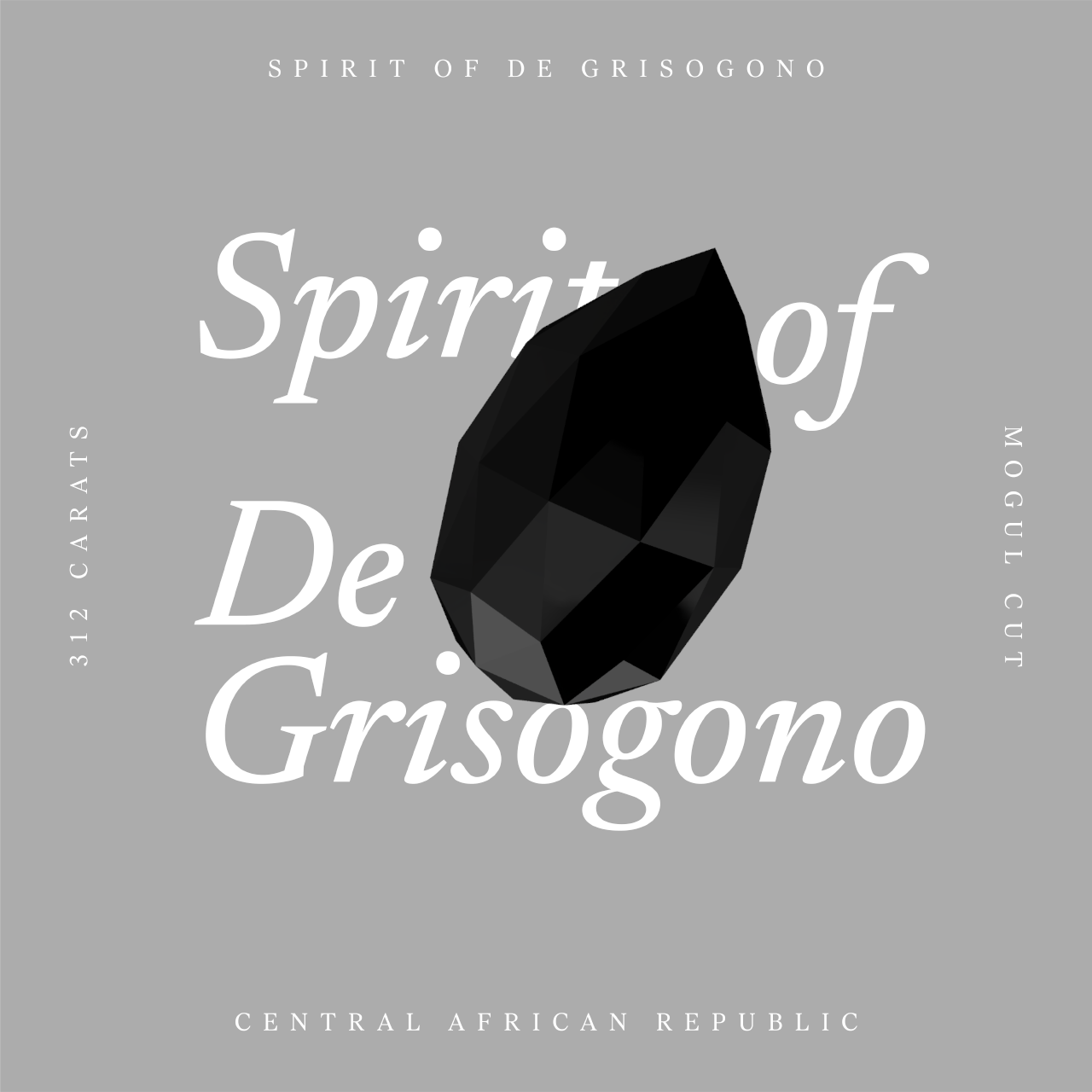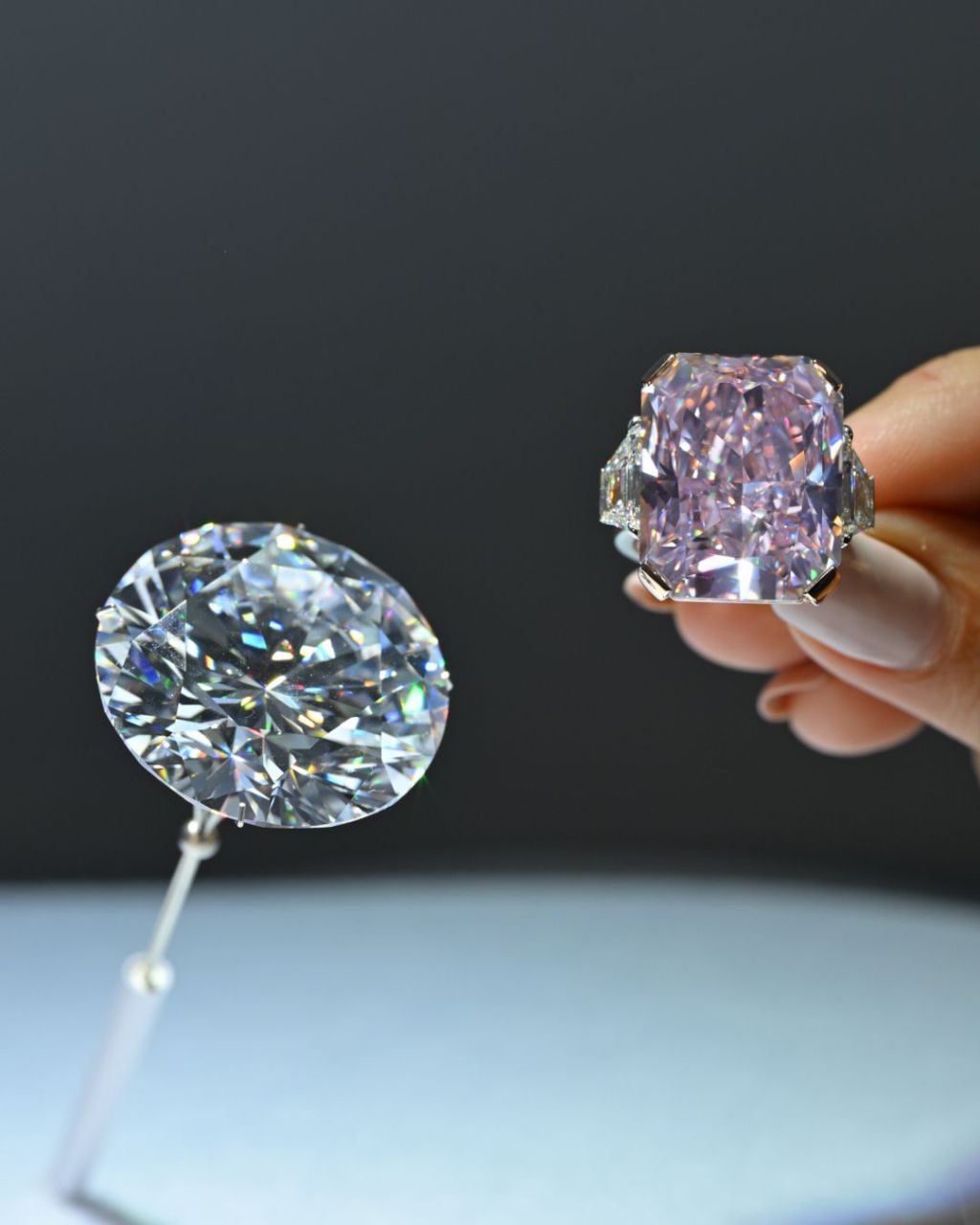Rare Diamonds and the Mystique Behind Their Names
Imbued with symbolism and value, many iconic natural diamonds have carved a place for themselves in history. Their name says it all.
Natural diamonds, prized for their rarity and value, have inspired a wide range of names, from the grandiose to the ordinary
Inanimate objects of value throughout history have often been bestowed with names, inspired by their appearance, owners, history, or the dreams they have symbolised. Natural diamonds—objects of immense value, desire and rarity, entwined in the fortunes and histories of nations, royal families, business tycoons, and celebrities—have naturally inspired their fair share of names, both grandiose and prosaic.
Rare Natural Diamonds Throughout History
There are diamonds, and then there are Famous Diamonds—those of unparalleled beauty, rare colours, flawless purity, clarity, size, and historical value. The latter command attention and record prices every time they are put up for auction. While some of their names represent personal, geographical or national identities, many evoke a sense of mystery or allure, hinting at tumultuous pasts.
The Excelsior. Inspired by a loaf of rye bread?

When it was first unearthed in 1893 in South Africa, this 995.2 carat, nearly colourless natural diamond was the largest ever to be found. It was described as flat on one side and rising to a peak on the other—like a loaf of rye bread. This is said to have inspired the name Excelsior which means ‘higher’. It was cut into 21 smaller pieces, an act that was later described as a tragedy in the history of natural diamonds.
The Niarchos Née ‘Ice Queen’ Diamond.
In 1956, a 426-carat diamond was carried in a brown paper bag by a messenger for a customs broker and delivered to its purchaser—Harry Winston Inc. A year’s worth of work by legendary cutter Bernard de Haan resulted in a final pear-shaped diamond weighing 128.25 carats. He called it the ‘Ice Queen’ because the rough stone would have been ‘hard to spot in a bucket of ice cubes.’ Greek shipping tycoon Stavros Niarchos purchased it for his wife, Charlotte Ford, whose family was said to have been unimpressed by it and nicknamed it ‘The Skating Rink.’ Niarchos was unaffected. The marriage was short-lived, and the diamond was then bestowed with the name of the tycoon who stuck with it.
Hortensia. Of Storied Past and Weak Links.

This rare pale pink diamond is said to be named after Hortense de Beauharnais, the Queen of Holland, daughter of Empress Josephine of France, step-daughter of Napoleon Bonaparte, and the mother of Napoleon III. Not much is known about its origin except that it has been part of the French Crown jewels since at least 1691. From its mount on the fastening of Napoleon’s epaulette braid to being set in the head band of a diamond-encrusted comb made for Empress Eugenie, many users have been recorded for the Hortensia except, curiously, Hortense de Beauharnais herself.
Daria-I-Noor. Which Saw the Light of Day in the 60s.

Named the ‘Sea of Light,’ this diamond was discovered among the Iranian Crown Jewels by Canadian gemologists in the 1960s. It is believed to have arrived in Iran following Nader Shah’s invasion of Mughal India, alongside the famous Koh-i-Noor. While the Koh-i-Noor name originated from the ruler’s exclamation upon seeing it, the origin of Daria-i-Noor’s name remains uncertain. British diplomat Sir Harford Jones described its “water… perfect and brilliant,” a metaphor often used to describe a diamond’s purity. Perhaps the pale-pink diamond evoked the image of shimmering light on the ocean’s surface. Daria-i-Noor has a sibling—Noor-ul-Ain, both carved from the same Great Table Diamond. In this case, light, rather than water, ties them together, as Noor-ul-Ain means ‘Light of the Eye.’
Noor-Ul-Ain. The Sibling Holds Its Own.
Identical in colour and clarity to the Daria-i-Noor of above, the Noor-ul-Ain, meaning ‘Light of the Eye,’ is a rare pink diamond with a slightly drop-shaped oval cut. It was set as the central ornament in a tiara designed for the wedding of the Shah of Iran.
The Jonker. A Rags to Riches Story That Didn’t Work Out.

For a change, the diamond got its name from a humble digger, Johannes Jacobus Jonker, who had been searching for one for 18 years. When success finally came, he was 62. Although the diamond would later pass through the hands of illustrious owners, such as King Farouk of Egypt and Queen Ratna of Nepal, it retained the name of the family whose fortunes were dramatically changed by the discovery in 1905, though only for a brief time.
Eureka Diamond. The First of Many.
Among the world’s rare diamonds, the Eureka is considered to be rather unremarkable. Just 21 carats in its original state, this brownish-yellow diamond was supposedly found by the daughter of a poor farmer in 1866. It would be the first diamond to be unearthed in South Africa—a eureka moment for the country and one that heralded many more momentous discoveries to follow later. In a significant gesture, De Beers purchased it in 1967 and gifted it to the people of South Africa. For a diamond that is relatively lightweight among rare diamonds, it holds incalculable value for the South African people.
Spirit of de Grisogono Diamond. The One Named After a Cutter.

As the world’s largest cut black natural diamond, the Spirit of de Grisogono has a reputation all its own. Mined in Central Africa, it was imported into Switzerland and cut in the Mogul cutting technique. In a modern departure, it was named after its famed cutter, De Grisogono, who also cut the largest heart-shaped black diamond in the world. The Spirit of de Grisogono is currently set in a ring, mounted on white gold and surrounded by 702 white diamonds. Its current whereabouts are unknown.
Are We at the End of Rare Diamond Stories?
Billions of years in the making, rare natural diamonds—of all shapes and sizes—continue to make headlines into the modern era. Sewelô, meaning ‘rare find,’ the world’s fourth-largest rough diamond ever discovered, was found in 2019. Natural diamonds continue to break auction records, like the CTF Pink Star, which was sold for $71.2 million in 2017. New-age owners continue to find fresh allure, dreams, and hopes in them, like the Blue Moon of Josephine, named after a Hong Kong businessman’s daughter for whom it was purchased in 2015. Meanwhile, as celebrities continue their love affair with big rocks, a new iconic pair might give rise to the next Taylor-Burton soon. The story, we’re sure, is far from over.




